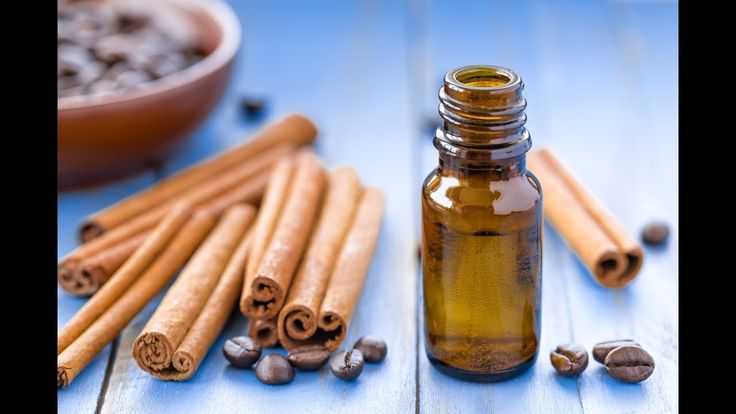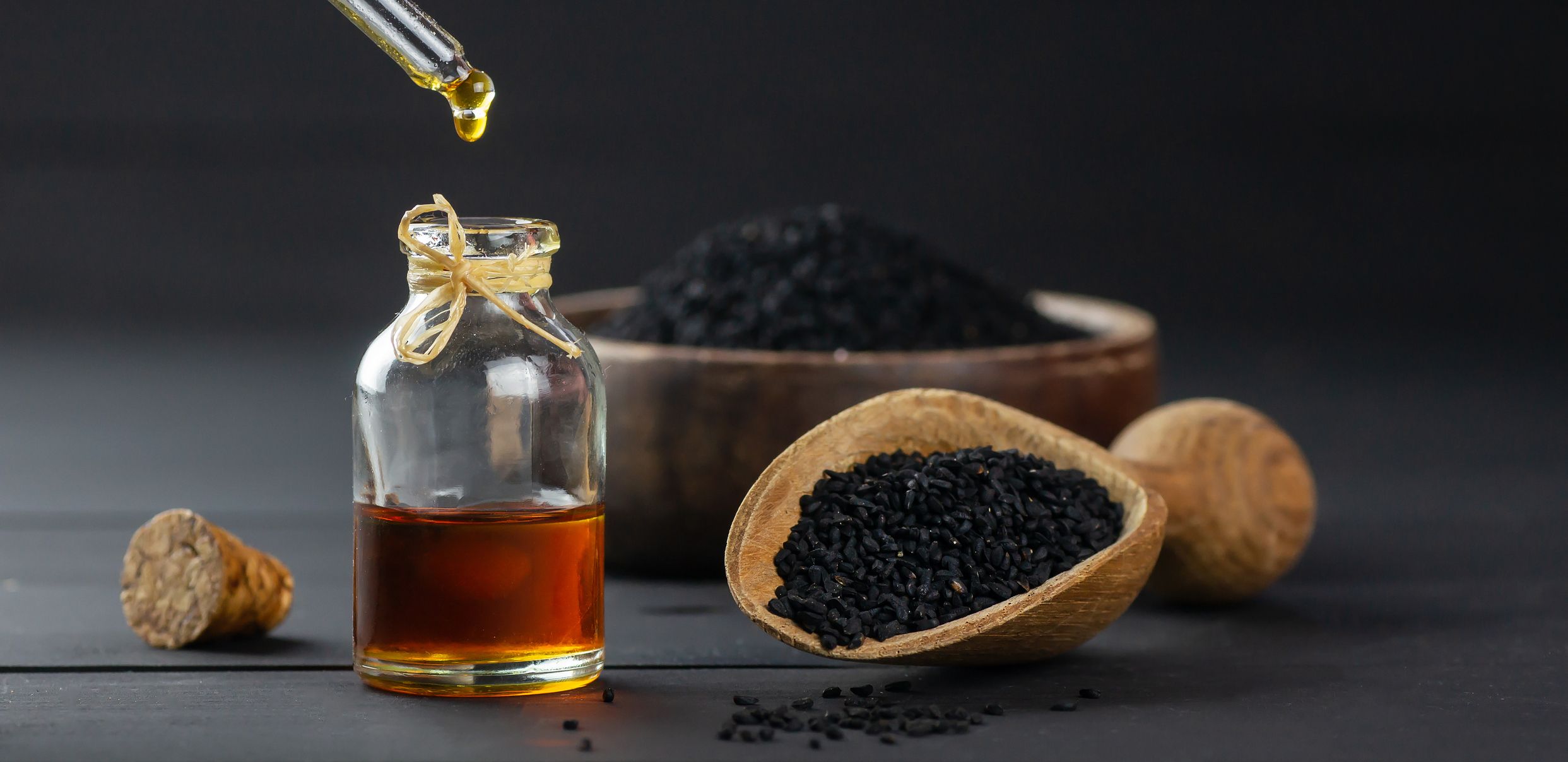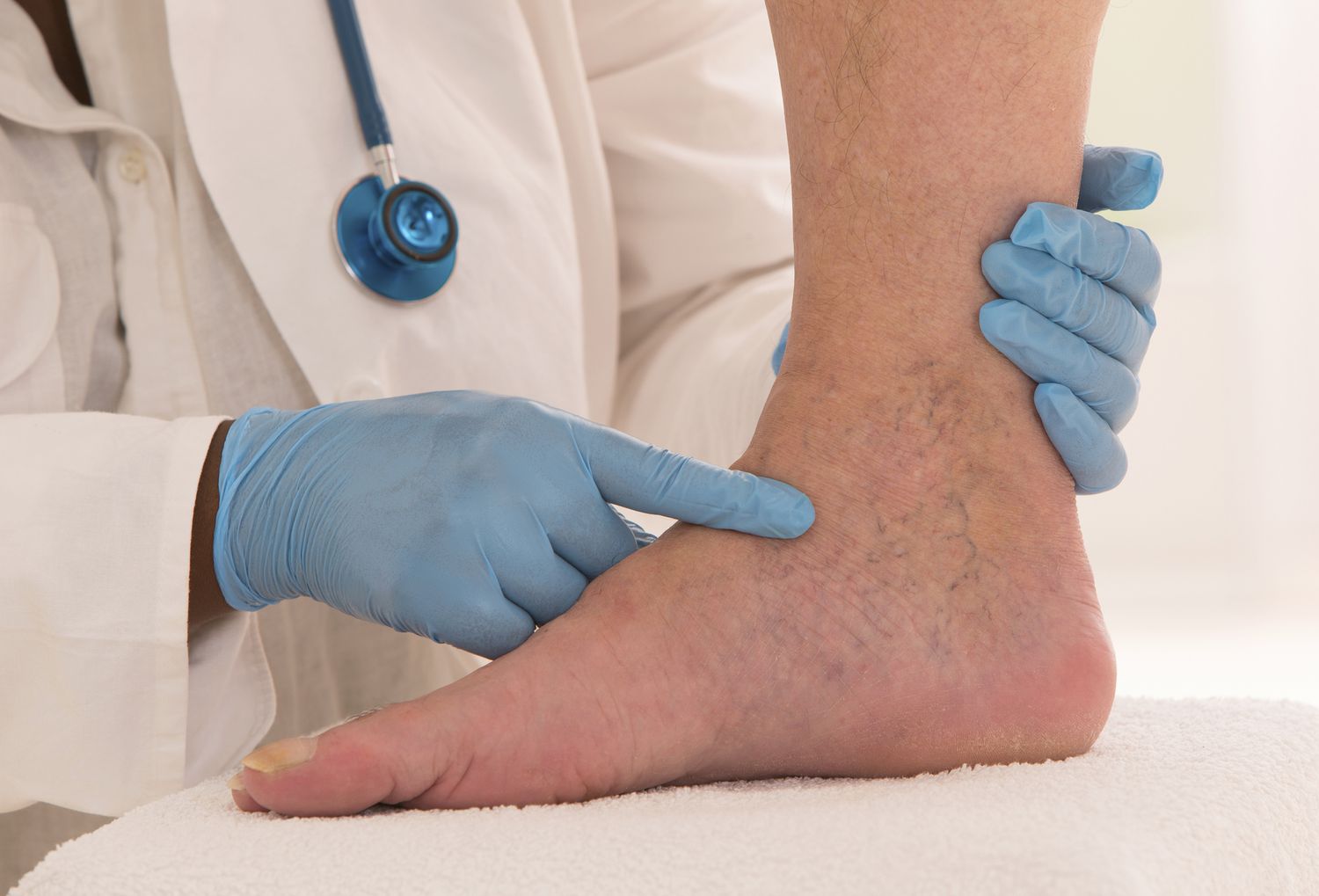What is acid reflux?
Acid reflux happens when the acid from your stomach moves up into your food pipe (called the esophagus). Normally, a small muscle at the end of your food pipe—called the lower esophageal sphincter (LES)—keeps the acid in your stomach. But sometimes this muscle becomes weak or relaxed. When that happens, acid can flow back up, causing a burning feeling in your chest or throat. This is called heartburn.
It’s normal to get acid reflux once in a while, especially after eating a large or spicy meal. But if it happens often, it may be a condition called GERD (Gastroesophageal Reflux Disease), which needs medical treatment.
What are the symptoms of acid reflux?
Common signs include
- A burning feeling in your chest (heartburn)
- Sour or bitter taste in the mouth
- Chest pain
- Feeling sick (nausea)
- Trouble swallowing
- Coughing or sore throat (in some cases)
What can cause acid reflux?
Several things can trigger or increase your chances of getting acid reflux:
- Being overweight
- Eating large meals
- Lying down soon after eating
- Pregnancy
- Smoking
- Drinking alcohol or coffee
- Certain medications
- Some foods (like spicy or fried food)
Simple lifestyle changes that may help
Making small changes in your daily habits can really help ease your symptoms:
- Eat smaller meals more often
- Don’t lie down right after eating (wait at least 2–3 hours)
- Raise the head of your bed while sleeping
- Quit smoking
- Avoid wearing tight clothes around your belly
- Lose weight if needed
- Avoid trigger foods and drinks
Best foods to eat for acid reflux relief
Eating more fiber-rich foods may help reduce symptoms. A Mediterranean-style diet is often helpful, as it includes healthy foods that are easy on your stomach.
Great food choices include
- Whole grains (such as oats, brown rice, and whole wheat bread)
- Fruits (non-citrus like bananas, melons, apples)
- Vegetables (carrots, spinach, green beans, broccoli)
- Lean meats (chicken, turkey)
- Beans and legumes (chickpeas, lentils, black beans)
- Nuts and seeds
- Low-fat dairy (milk, yogurt)
- Fish and seafood
- Use olive oil rather than margarine or butter
Better eating habits to manage acid reflux
How you eat is just as important as what you eat; that’s why here we are suggesting some better eating habits, so keep reading to ease acid reflux:
- Eat slowly and chew well
- Don’t eat big meals—smaller portions are better
- Avoid eating late at night
- Try not to eat 2–4 hours before going to bed
Foods and drinks to prevent acid reflux
Some foods can make acid reflux worse by relaxing the LES or making your stomach produce more acid.
Try to avoid or limit:
- Coffee and other caffeine drinks
- Fried or greasy foods
- Spicy foods
- Citrus fruits (like oranges and lemons)
- Tomato-based sauces
- Chocolate
- Mint
- Alcohol
- Soda and other fizzy drinks
- High-sugar snacks and desserts
Tip: Everyone is different. What triggers reflux for one person may not affect another. Keep a food diary to track what you eat and how you feel after. This can help you find your own food triggers.
7-Day acid reflux-friendly meal plan
Here’s a simple weekly meal plan with foods that are gentle on your stomach and low in reflux triggers.
Day 1
Breakfast: Baked oatmeal with blueberries and pecans
Lunch: Salad in a jar (romaine, carrots, cucumber, quinoa, chicken)
Dinner: Burrito bowl (pinto beans, brown rice, lean beef, light cheese)
Snacks: Apple with peanut butter, avocado toast
Day 2
Breakfast: Leftover oatmeal
Lunch: Leftover salad jar
Dinner: Tacos made with burrito bowl leftovers
Snacks: Greek yogurt (low sugar), hummus with carrots
Day 3
Breakfast: Oatmeal
Lunch: Turkey sandwich on whole wheat bread, with snap peas and watermelon
Dinner: Baked chicken, asparagus, wild rice
Snacks: Trail mix, rice cakes with peanut butter
Day 4
Breakfast: Whole grain toast with banana and peanut butter
Lunch: Leftover chicken, asparagus, rice
Dinner: Turkey chili
Snacks: Crackers and cheese, avocado toast
Day 5
Breakfast: Greek yogurt parfait with the combination of granola and berries
Lunch: Leftover turkey chili
Dinner: Tofu stir-fry with soba noodles and green beans
Snacks: Bell peppers with hummus, apple with peanut butter
Day 6
Breakfast: Leftover parfait
Lunch: Snack plate (cheese, crackers, hummus, orange, carrots)
Dinner: Leftover stir-fry
Snacks: Yogurt with banana, trail mix
Day 7
Breakfast: Breakfast hash (eggs, potatoes, broccoli, spinach)
Lunch: Veggie sandwich (hummus, cucumber, lettuce, red onion)
Dinner: Baked salmon with brown rice and roasted broccoli
Snacks: Granola bar, cheese and crackers
Meal prep tips for acid reflux
Batch cook: Cook big portions of protein, grains, and veggies and store them separately.
Cook smart: Use baking, steaming, or grilling—avoid frying.
Stock your kitchen: Keep reflux-friendly foods at home. Avoid buying foods that trigger your symptoms.
Pre-pack snacks: Portion out your snacks ahead of time so you don’t overeat.
Eat slowly: Chew well, eat calmly, and stop when you feel full.
When to see a dietitian
If acid reflux is affecting your daily life, a registered dietitian can help create a meal plan that works for you. They can also help you figure out which foods may be causing your symptoms.
You can book an appointment online, and many insurance plans will cover it.
Conclusion
Living with acid reflux can be uncomfortable, but the good news is that small changes can make a big difference. By understanding what acid reflux is, what causes it, and which foods make it worse or better, you can take control of your symptoms. Simple habits like eating smaller meals, avoiding spicy or fried foods, and not lying down after eating can really help. Adding more fruits, vegetables, whole grains, and lean proteins to your diet also supports your digestive health.
Everyone’s body reacts differently, so it’s a smart idea to keep track of what you eat and how you feel after. This helps you find out which foods trigger your symptoms. Planning your meals ahead of time, eating slowly, and staying active can also go a long way in keeping acid reflux under control.








